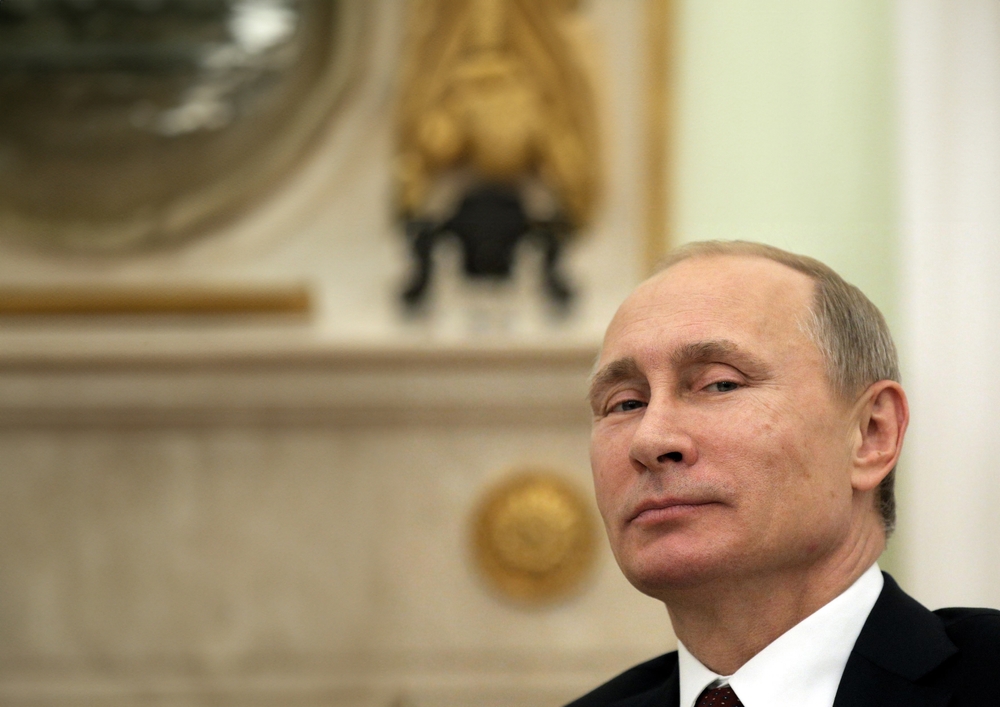Production was initially slated for 2014 but has now been pushed to 2025.
Others are reading now
Russia’s S-500 Prometey, touted as a cutting-edge anti-ballistic and air defense system, has been heralded by Russian officials as a revolutionary technology capable of taking down advanced aircraft like F-35s.
May Fall Short
However, recent reports from Ukraine suggest that the S-500 may fall short of its grandiose claims, potentially proving to be another example of military hype from President Putin, according to Tech.
Introduced publicly for the first time at the Armija-2024 military forum, the S-500 Prometey, also known as Triumfator-M, is positioned by Russia as a peer to global defense leaders such as Israel’s Arrow-3 and the U.S. THAAD systems.
The system is advertised to target aerial threats up to 500 kilometers away and intercept hypersonic and ballistic missiles, including those in space.
Also read
Doubts are Growing
Despite these impressive claims, there are growing doubts about the system’s actual capabilities. The S-500, developed by the Almaz-Antey Corporation, has faced repeated delays since its project completion was announced in 2011.
Production was initially slated for 2014 but has now been pushed to 2025. Limited testing has shown some success, such as intercepting a target at over 480 kilometers in 2018, but widespread deployment remains uncertain.
Russian sources suggest that the S-500 could enhance defense against Ukrainian forces and protect critical infrastructure like the Kerch Bridge. However, Ukrainian sources and U.S. satellite intelligence have reported hits on S-500 components, including radar systems, raising questions about its effectiveness.
As the S-500 continues to be tested in combat conditions, its true capabilities remain under scrutiny. Until the system is deployed more extensively and its performance is independently verified, its status as a “super weapon” is still in question, potentially joining the ranks of other overhyped Russian military technologies.


